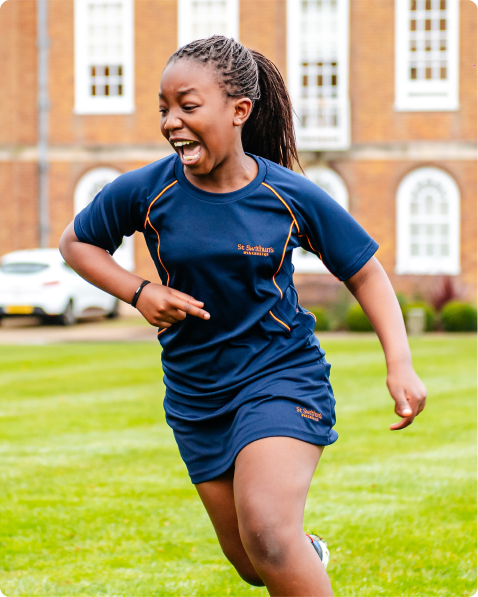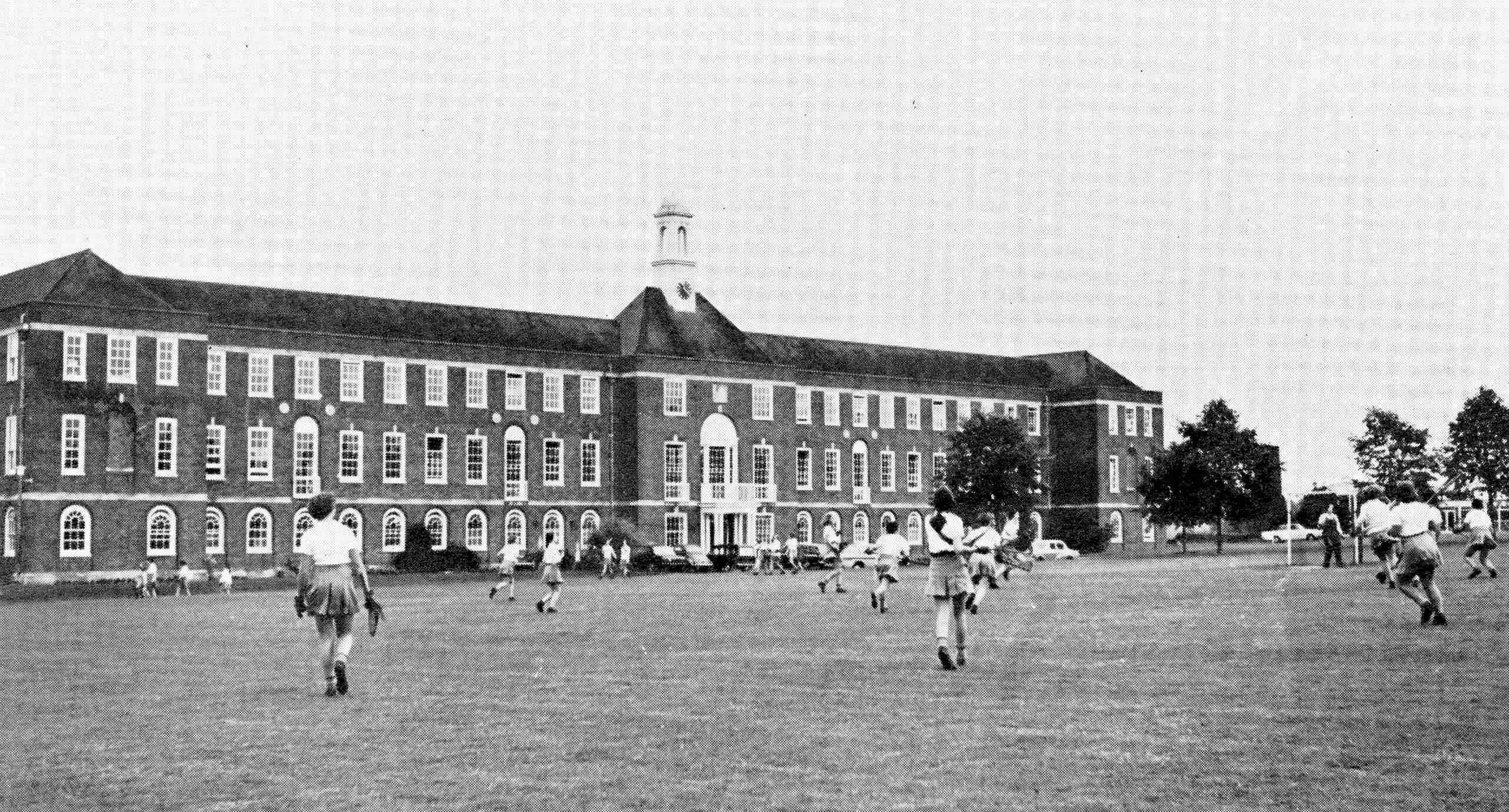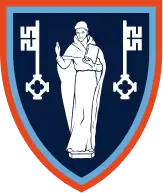 |
Discover the history of St Swithun's School in Winchester. |
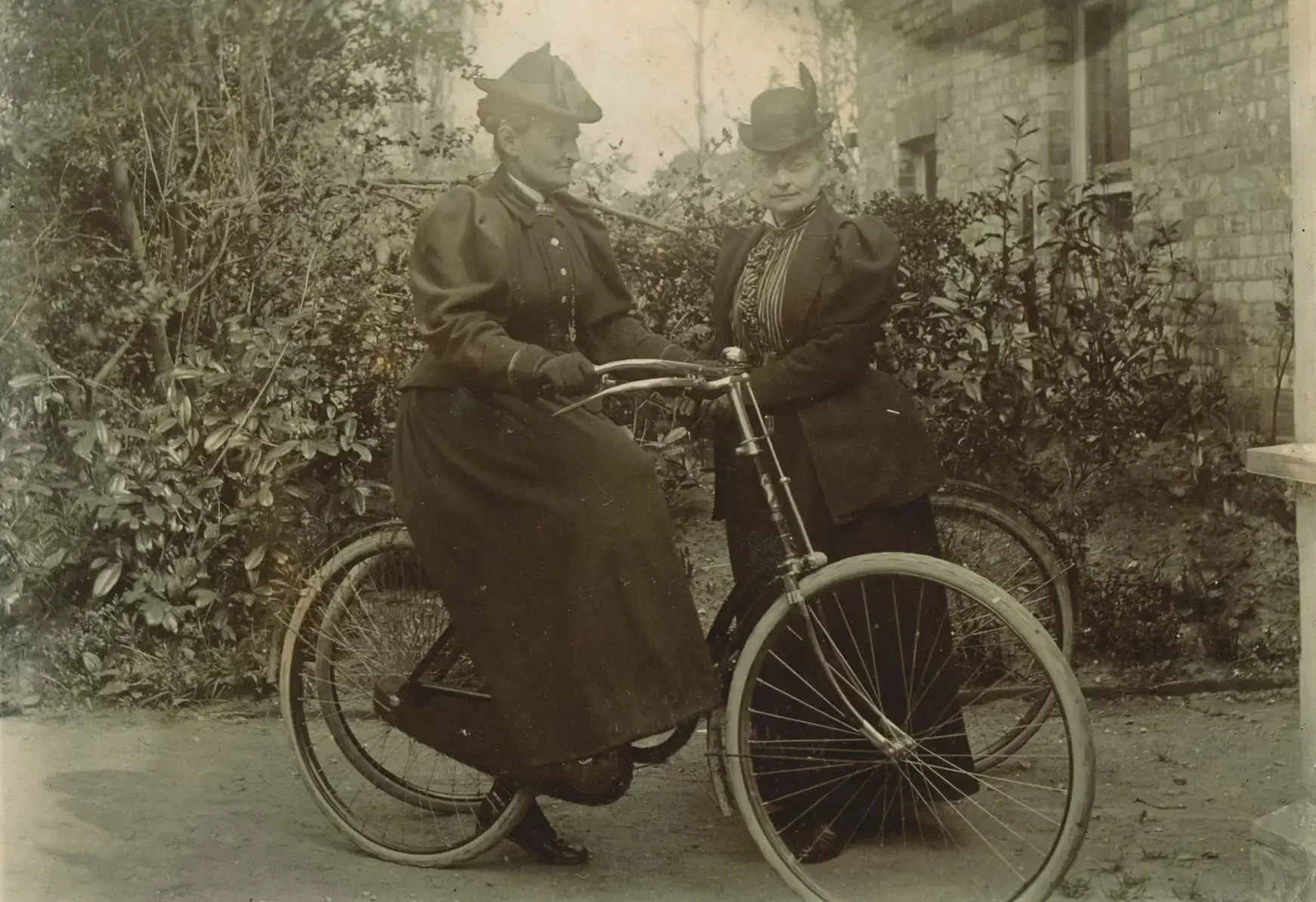
1884
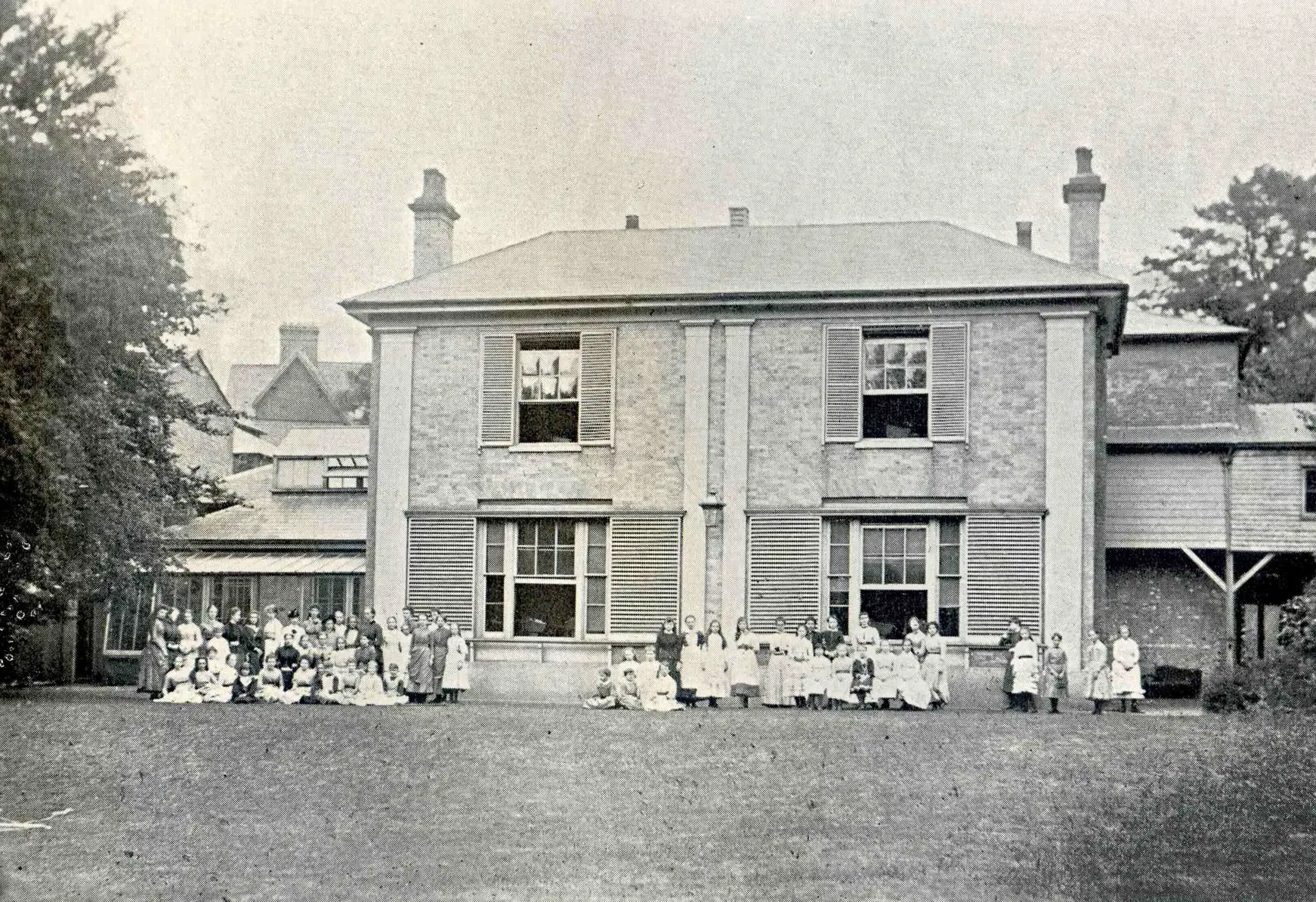
1886

1927
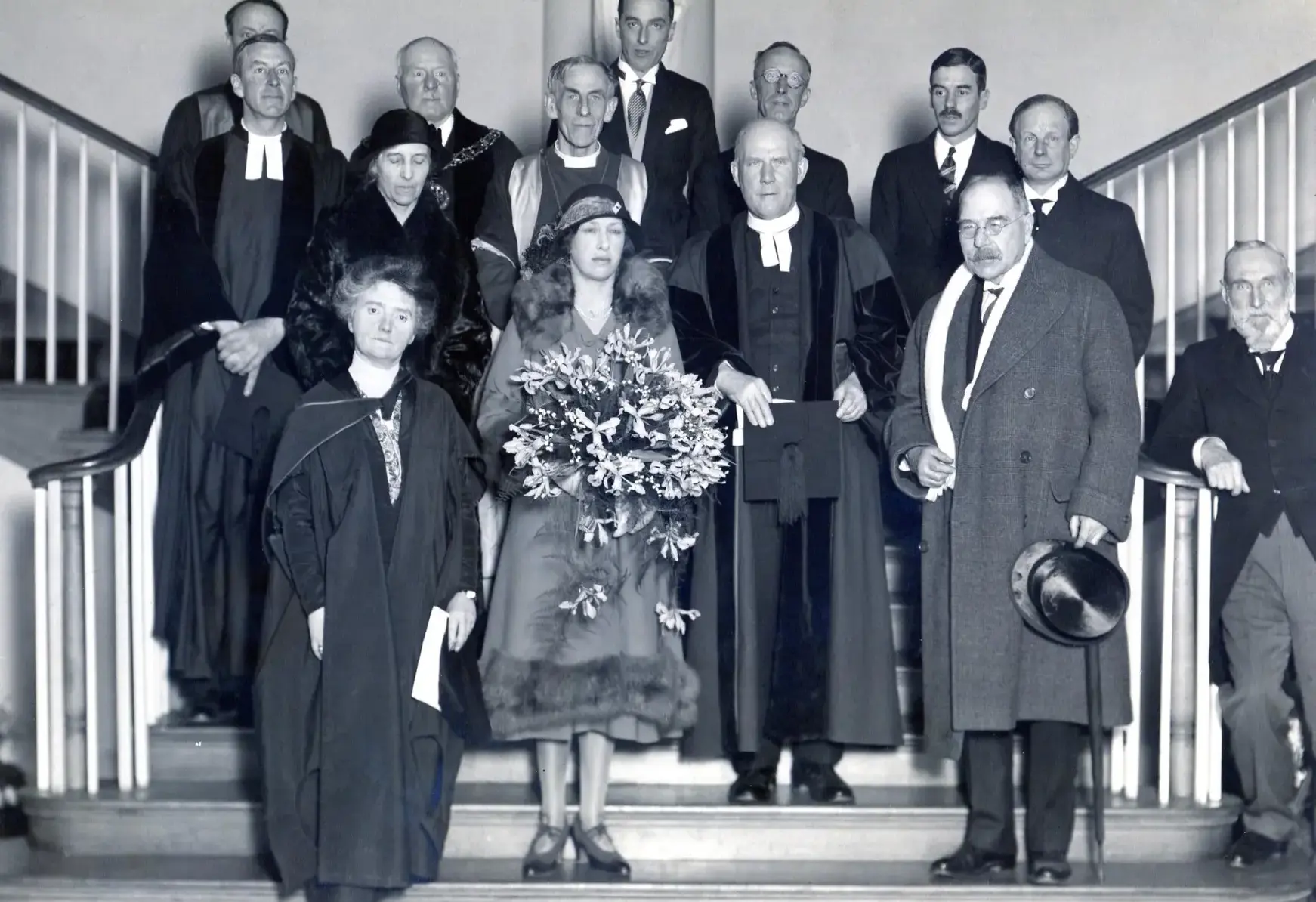
1932
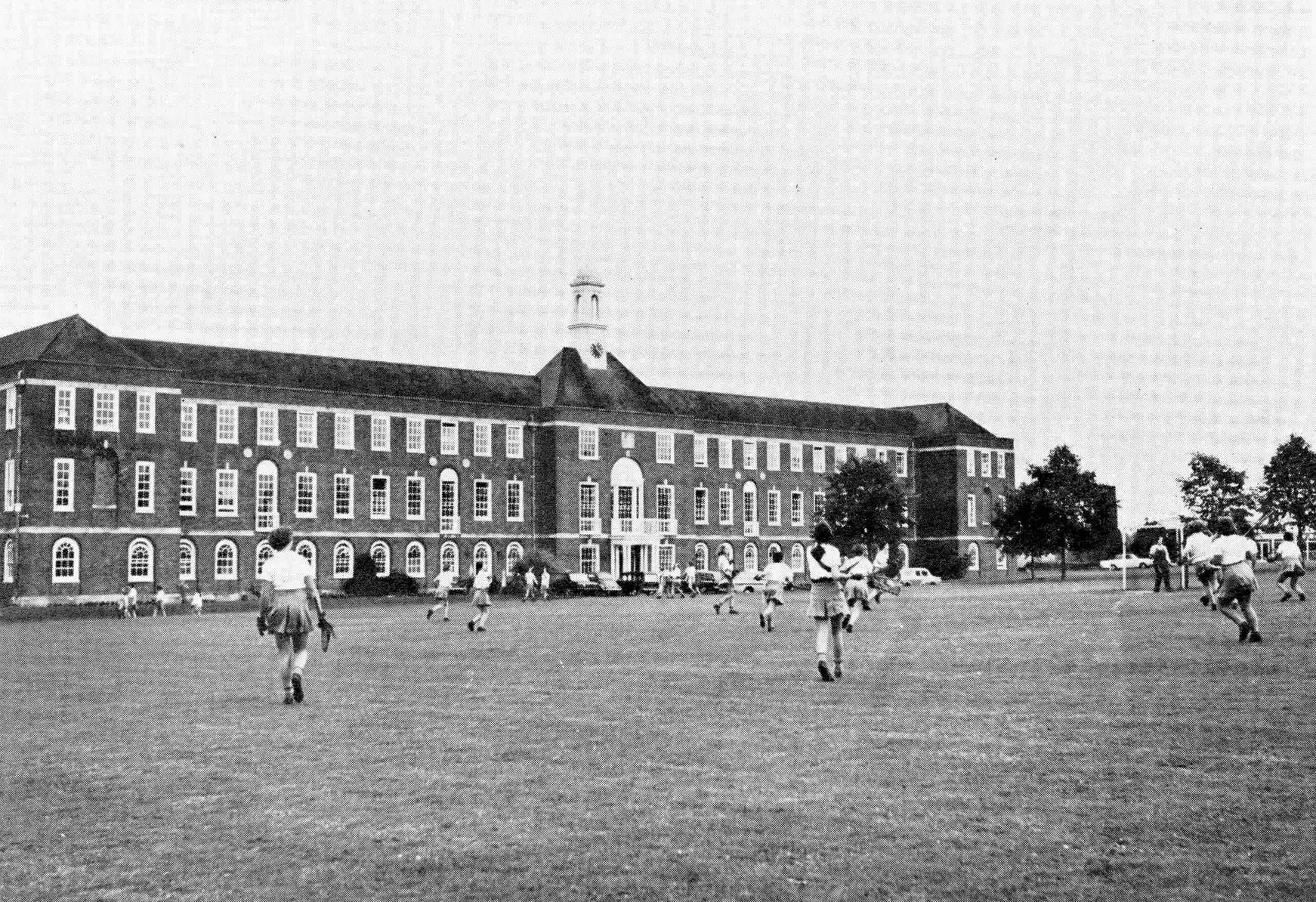
1942
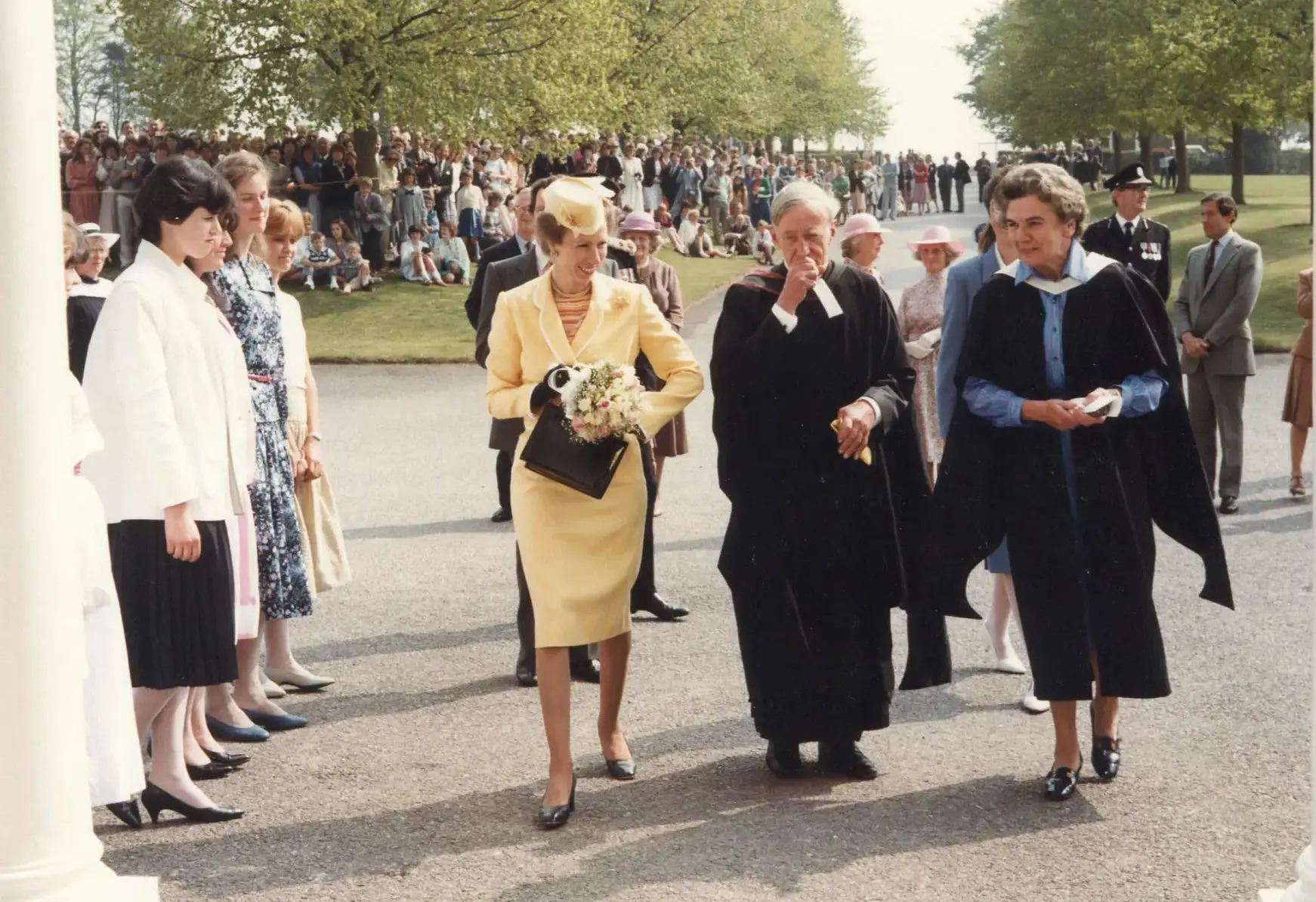
1984
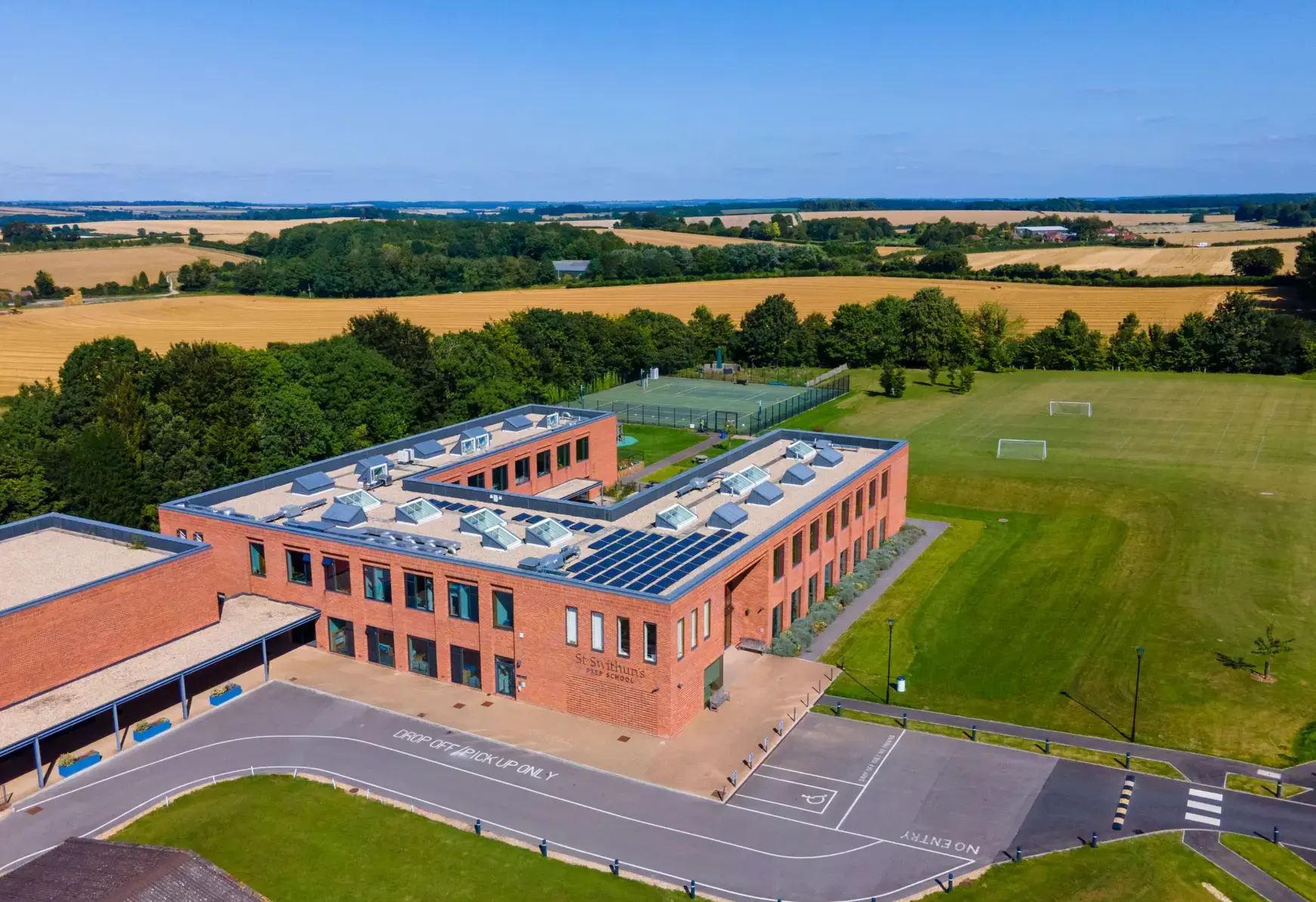
2015
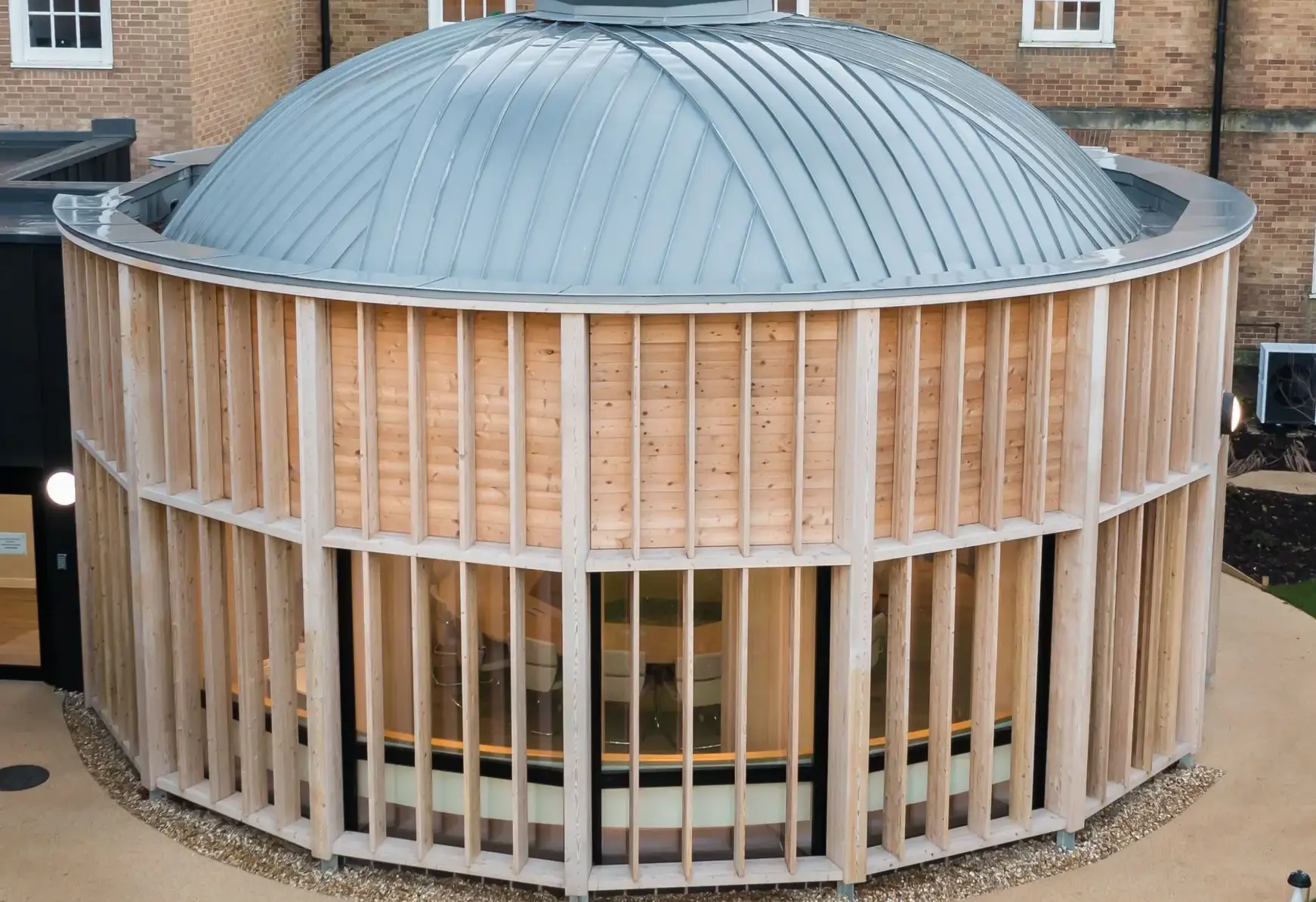
2022
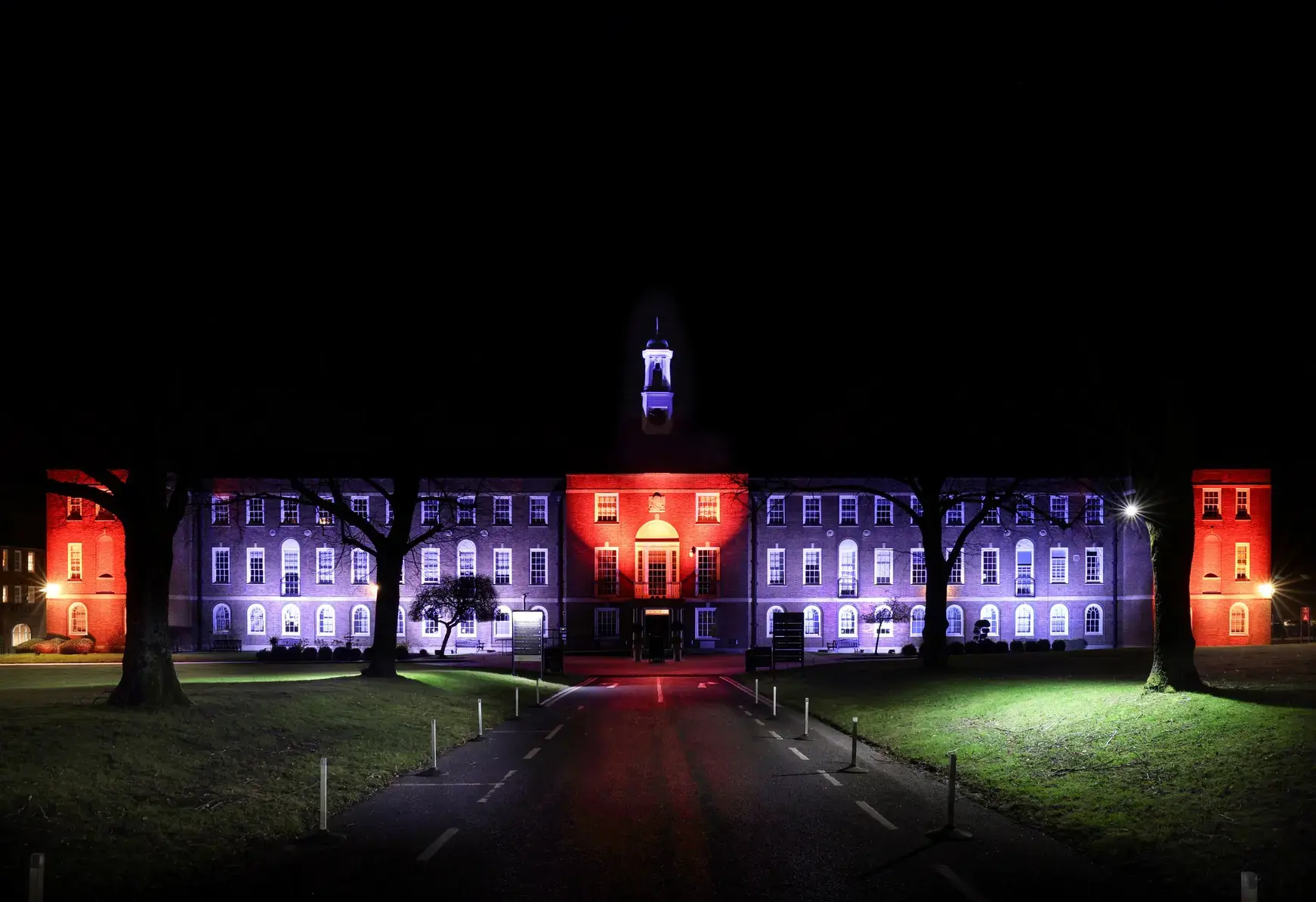
2024
1884
St Swithun’s was founded in 1884 by Anna Bramston. Alongside Amelie LeRoy, Anna formed a committee to raise money for the establishment of the school. Their efforts resulted in Winchester High School opening in the middle of Winchester on 5 May 1884 with 17 pupils. The aim of the school was to provide an education that developed the full capacity of every girl and enabled her to become a woman of independent thought. Originally located in the city centre, the school was at the forefront in the development of female education in the nineteenth century.
1886
Within two years, the school had enrolled 63 pupils and new premises were required. A new building along North Walls, near St Peter's Street was purchased by the school which would become the home of the school for the next 46 years.
1927
Following a number of discussions of several years, the decision was made to change the name of the school to St Swithun’s School in 1927, honouring the former Bishop of Winchester and patron saint of Winchester Cathedral. The following year we adopted his chief virtues, 'caritas, humilitas, sinceritas' as the school motto.
1932
By 1929 the school had grown to such an extent that it was decided to move to its current home on Magdalen Hill. Princess Mary, the Princess Royal, opened the new buildings in 1932. Anna Bramston cut the first sod but sadly passed away a year before the school was opened. The first boarding houses on site, High House and Hyde Abbey, opened the following year.
1942
The outbreak of World War II saw the school turned into a hospital and by 1942 it became an American casualty clearing station with as many as 700 patients a day after D-Day.
1984
The school’s centenary year. H.R.H the Princess Royal visited the celebrations and opened the new sports hall on 5 May 1984.
2015
Construction of a new purpose-built prep school was completed in September 2015 with the additions of a performing arts hall and sports hall the following year.
2022
The Jill Isaac Study Centre was opened in 2022. Built in memory of former student Jill Isaac, it is a place for university candidates to study and focus.
2024
The school celebrates its 140th birthday. Just as Anna Bramston envisioned back in 1884, St Swithun’s continues to develop resilient, enquiring, optimistic and collaborative women who stand on their own two feet and pull others up to stand alongside them.
Register your interest
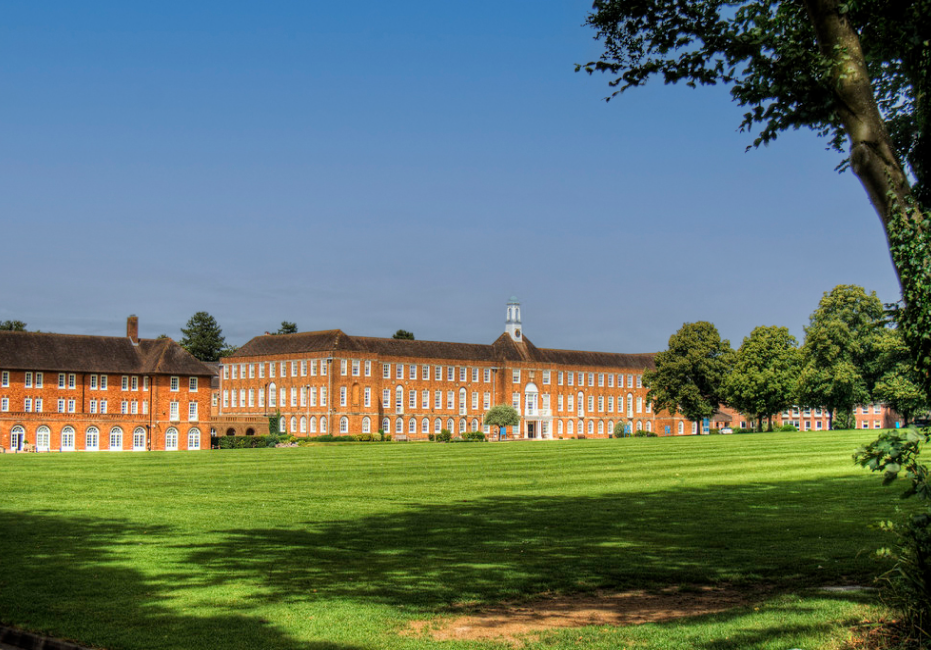
Admissions
Our friendly admissions team is here to guide you through each step from your initial enquiry to final enrollment. For more information on the admissions pathway visit our admissions page.
